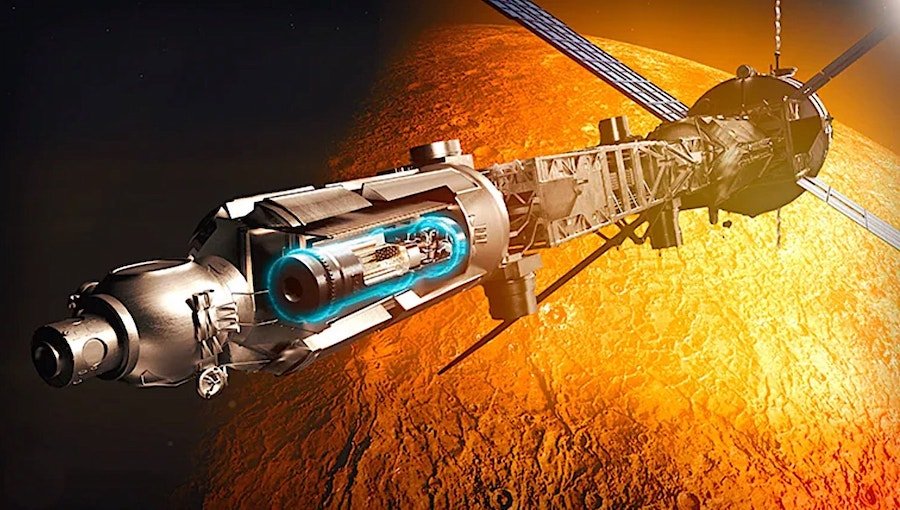Rolls-Royce Is Making a Nuclear Reactor to Power the Moon

But that's not what will happen on the other worlds we plan on expanding to. Because of the nature of space colonization, we will kind of be forced to adopt green means of power generation up there right from the start.
According to numbers provided by the World Nuclear Association, there are now 440 nuclear reactors in operation in 32 of the world's countries. Back in 2022, they generated 2,545 TWh of power, which is about ten percent of what the planet needs per year.
In space colonies, however, the percentage of power generated by nuclear means will probably be a lot higher. Granted, solar panels will be used as well, but nuclear is the best way to go about this.
There are several companies that are working on nuclear reactors small enough to be transported to space yet powerful enough to meet the energy requirements. British aerospace company Rolls-Royce is one of them, and its solution is called simply Micro-Reactor.
The design is meant to use uranium and deliver anywhere between one and ten megawatts of power. It's small enough (exact dimensions are not known) to allow it to be transported by land, sea, and air, and installed without causing a logistical nightmare.
The reactor was made to be used on Earth as well, for both civilian and military purposes, but a recent development surrounding it has to do with its role as an enabler for lunar surface activity. More to the point, Rolls-Royce secured a new batch of funding from the UK Space Agency for the development of the technology.
The award announced this week is valued at 4.8 million pounds ($6.2 million), and comes on the heels of 1.18 million pounds ($1.5 million) awarded back in April, and the 2.9 million pounds ($3.7 million) received last year.
Rolls-Royce says it will use the money to "progress the Micro-Reactor's overall technology readiness level," and that should bring the tech closer to a full space system integration. Over the next year and a half the company will work with researchers from the University of Oxford and Bangor University to create the whole system design.
A test flight beyond the confines of our atmosphere is planned by the end of the decade, not to the Moon, but to Earth orbit. That's because the reactor can alternatively be used to power satellites and spacecraft as well.
And if you feel a bit uneasy about sending uranium into space, don't. The British company says the way the reactor was designed and the many protective layers that surround the radioactive element will allow it to withstand even the most extreme conditions.
Nouvelles connexes


